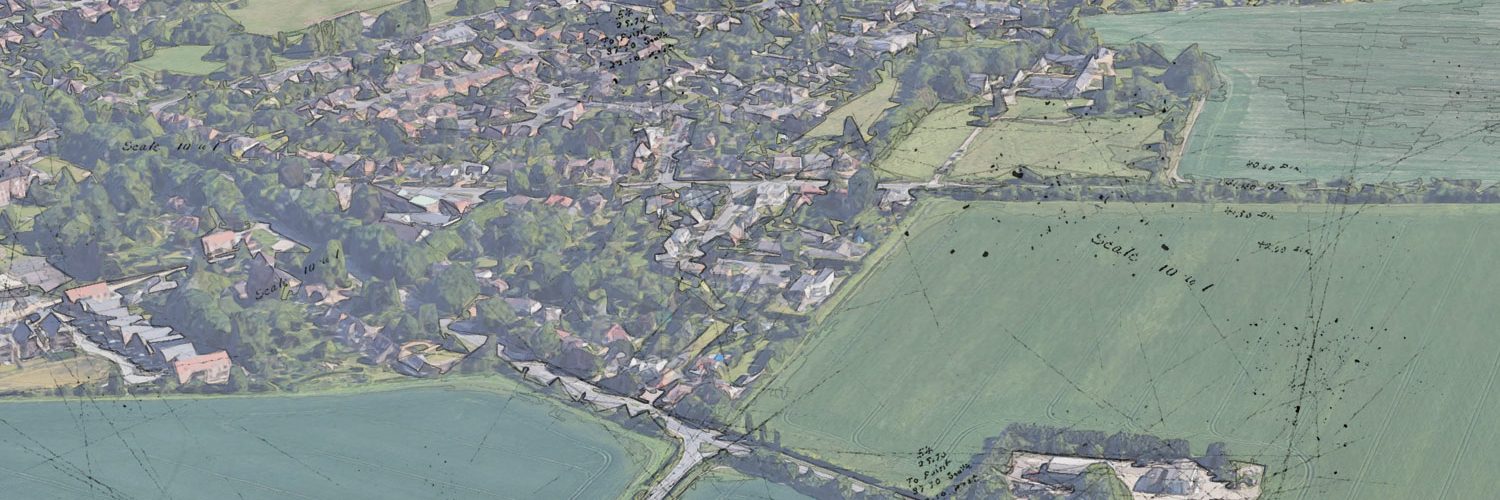The next iteration of plans has been published for the south of the city’s two new housing estates, the so-called ‘GB 1 and 2’ areas either side of Wort’s Causeway, near the Cambridge Biomedical Campus. As they stand, they would be a disaster.
This development on the Green Belt was foolishly granted permission despite it being split in two by Wort’s Causeway, an historic road which is so narrow that it has camera-controlled traffic restrictions. Motor traffic will not be permitted to enter or leave the development by this road at peak times, leaving just a single access point, via a new junction on Babraham Road. That road already backs up solidly with traffic from early in the morning. All traffic entering or leaving the development will also have to cross the ‘Linton Greenway’, a key cycle route linking the city with Babraham Research Park and Granta Park, currently being developed by the Greater Cambridge Partnership.
Public transport provision will also be poor: the nearest bus stops will be 10 minutes’ walk away for many residents.
Despite all this, the developers are forcing people to travel even for most basic necessities and activities, by offering almost no neighbourhood facilities on-site.
Great pedestrian and cycle access would have been some mitigation, but the developers have just offloaded their responsibilities onto the existing infrastructure. The northernmost corner of the GB1 development is barely 200m from the Netherhall School grounds, yet the proposed walking and cycling route to the school, through existing narrow, alleyways and older residential areas, will be up to 2km.
The developers’ approach to road design actively discourages cycling while claiming the opposite. The primary streets on the estates are too wide and include poorly designed, unsegregated, shared-use pavements which encourage cars to park on them.
Greater Cambridge Shared Planning needs to force the developers back to the drawing board with specific, sustainable transport requirements in their planning application. And the County Council, as the local highway authority, needs to play its part by requiring and then supporting much more joined-up access.
This article was first published in the Cambridge Independent on 13 May 2020.



Add comment